
OR
Nepal leads South Asia in women parliamentarians
Published On: April 3, 2017 05:27 AM NPT By: Republica | @RepublicaNepal
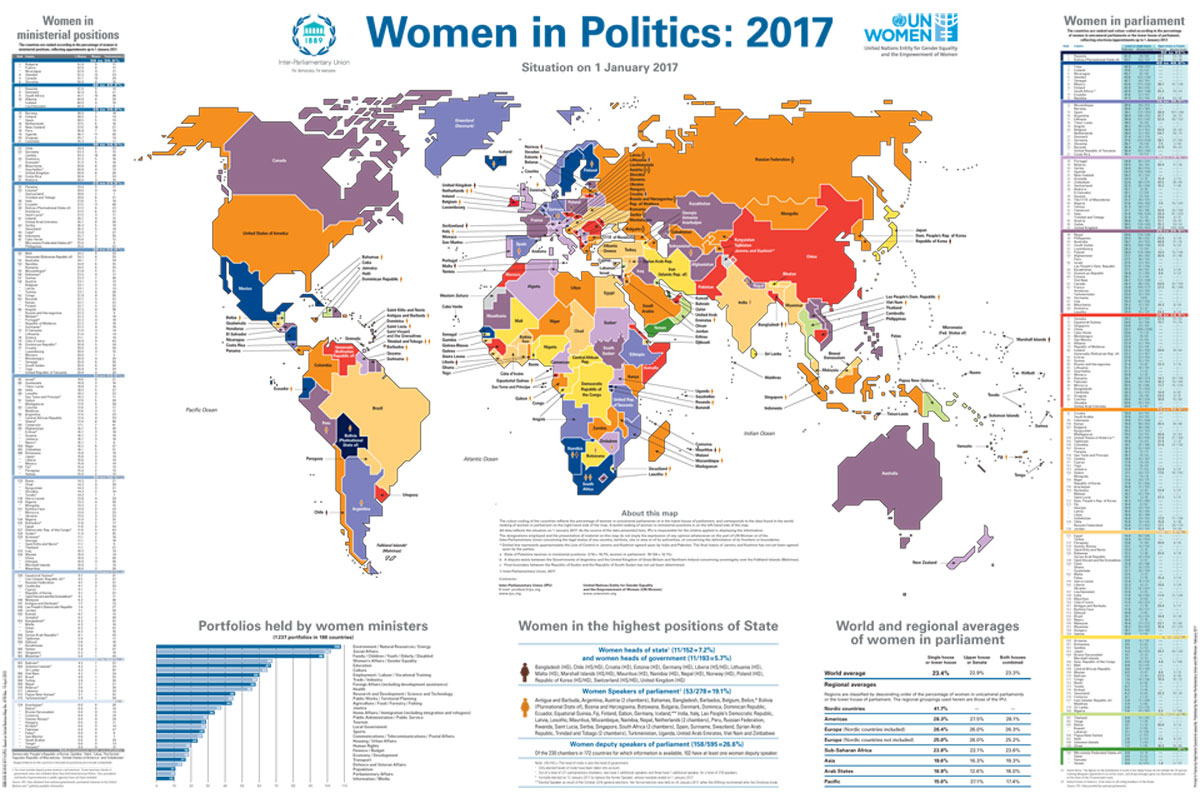
KATHMANDU, April 2: Despite a decline since the previous Constituent Assembly (CA), Nepal has made it to top position in South Asia in the representation of women in parliament, according to a global study.
According to 'Women in Politics', a data map launched by the Inter Parliamentary Union (IPU) and UN Women last month, Nepal has topped other South Asian countries, with 29.6 percent women representation in its parliament.
Among the SAARC nations, Afghanistan, Pakistan, Bangladesh, India, Bhutan, Maldives and Sri Lanka rank second to eighth positions respectively. According to the study, the global average of women's representation in parliament is 23.4 percent, and the average in Asia is 19.6 percent. IPU data shows that the global average of women's representation in parliaments increased from 22.6 percent in 2015 to 23.3 percent in 2016.
The participation of women in parliament was an all time high of 32.8 percent in Nepal during the first CA, but it decreased to 29 percent in the second CA.
Nepal now has 176 women lawmakers out of 595, according to the study, which indicates the status up till January 2017. After the demise of CPN-UML lawmaker Dulari Devi last month, the number of women lawmakers in Nepal is now 175.
But Nepal lags behind at 48th position in global rankings, whereas Rwanda is in first position with 38.5 percent women in parliament. The Nordic countries, USA and the European countries have higher numbers of women in their legislatures and the Arab and Pacific countries have lesser numbers, according to IPU data.
Likewise, according to IPU and UN Women data, Nepal is among 11 countries having women as heads of state.
The number of female speakers of parliament is the highest so far, with 53 out of 273 in such posts. Nepal elected its first female president and first female speaker on October 2015, after promulgation of the new constitution.
The number of women heads of state or heads of government fell from 19 to 17 since 2015, and progress in increasing the number of women in parliament continues to be slow, according to the IPU and UN Women.
According to the study report, Nepal lags far behind in appointing women to ministerial positions. Nepal is in 169th position in global rankings and has only bested Pakistan in South Asia in appointing women to ministerial positions. Nepal has just 3.7 women ministers in its cabinet according to the study. Bulgaria leads in the global rankings with 52.9 percent women ministers in its government.
According to the study, most women leaders get ministerial portfolios like environment, natural resources and energy, family affairs, women's affairs, gender equality, education and culture. In contrast, very few women ministers get information and media, parliamentary affairs, population and defense.
You May Like This

Nepal stands atop in South Asia in terms of women coming for health care delivery
KATHMANDU, July 24: Nepal has become the topmost country in the entire South Asia region in terms of the number... Read More...
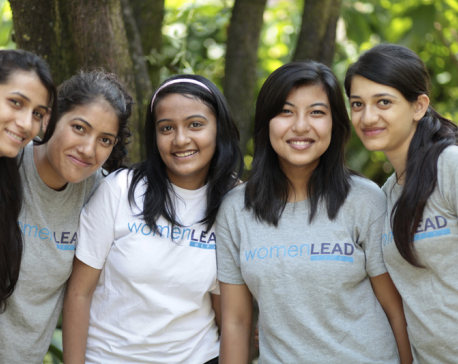
Helping women re-envision a better Nepal: Women LEAD Nepal
KATHMANDU,March 7: Women LEAD Nepal started as an idea that women and girls could change the trajectory of Nepal’s future and... Read More...
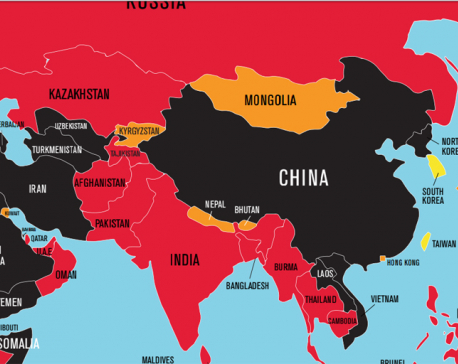
Nepal ranks 2nd in South Asia, 106th in world press freedom index
KATHMANDU, April 26: Nepal ranks second in South Asian countries in World Press Freedom Index of 2018. The World Press... Read More...

Just In
- National Youth Scientists Conference to be organized in Surkhet
- Rautahat traders call for extended night market hours amid summer heat
- Resignation of JSP minister rejected in Lumbini province
- Russia warns NATO nuclear facilities in Poland could become military target
- 16th Five Year Plan: Govt unveils 40 goals for prosperity (with full list)
- SC hearing on fake Bhutanese refugees case involving ex-deputy PM Rayamajhi today
- Clash erupts between police and agitating locals in Dhanusha, nine tear gas shells fired
- Abducted Mishra rescued after eight hours, six arrested











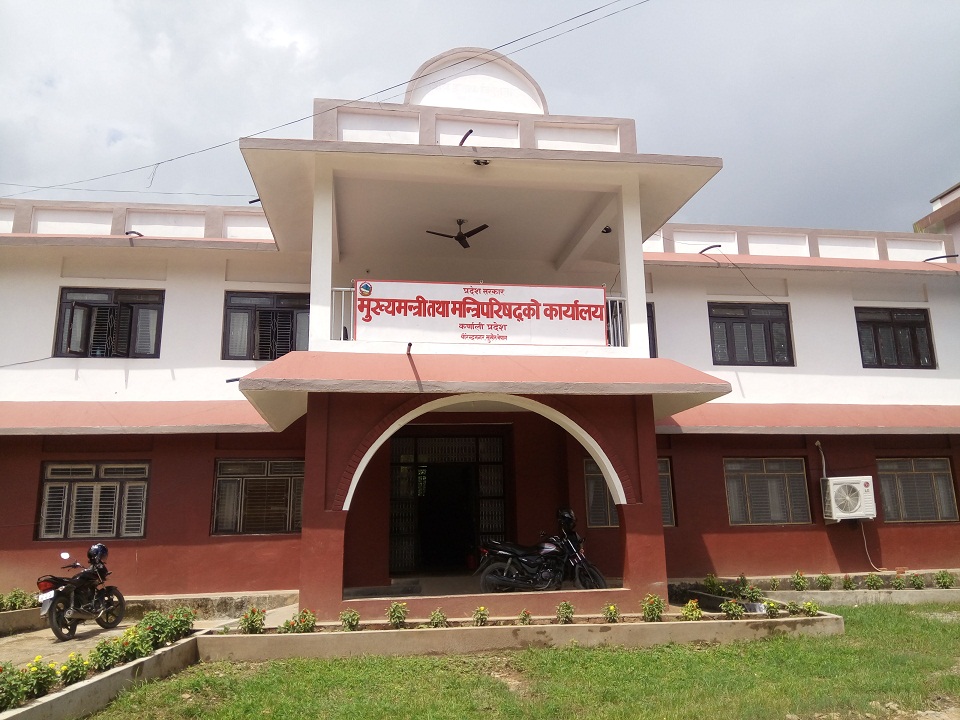

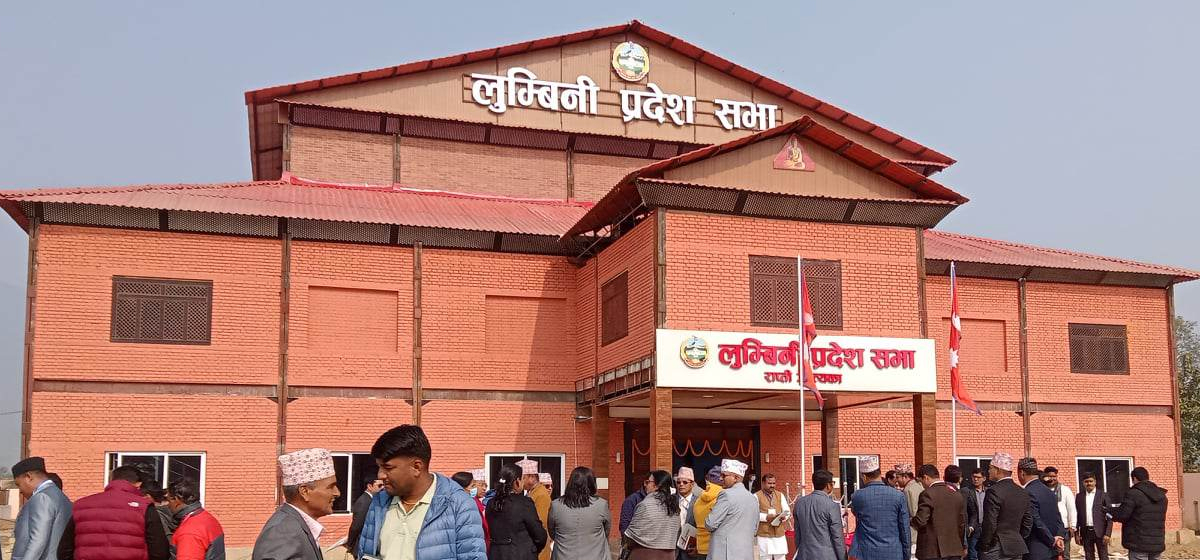



Leave A Comment